Douglas K. Barry
Copyright
Acquiring Editor: Andrea Dierna
Editorial Project Manager: Benjamin Rearick
Project Manager: Anitha Kittusamy Ramasamy
Cover Designer: Alan Studholme
Morgan Kaufmann is an imprint of Elsevier
225 Wyman Street, Waltham, 02451, USA
Copyright 2013 Elsevier, Inc. All rights reserved
Figures and Illustrations: 2013 Douglas K. Barry
No part of this publication may be reproduced or transmitted in any form or by any means, electronic or mechanical, including photocopying, recording, or any information storage and retrieval system, without permission in writing from the publisher. Details on how to seek permission, further information about the Publishers permissions policies and our arrangements with organizations such as the Copyright Clearance Center and the Copyright Licensing Agency, can be found at our website: www.elsevier.com/permissions.
This book and the individual contributions contained in it are protected under copyright by the Publisher (other than as may be noted herein).
Notices
Knowledge and best practice in this field are constantly changing. As new research and experience broaden our understanding, changes in research methods, or professional practices, or medical treatment may become necessary.
Practitioners and researchers must always rely on their own experience and knowledge in evaluating and using any information, methods, compounds, or experiments described herein. In using such information or methods they should be mindful of their own safety and the safety of others, including parties for whom they have a professional responsibility.
To the fullest extent of the law, neither the Publisher nor the authors, contributors, or editors, assume any liability for any injury and/or damage to persons or property as a matter of products liability, negligence or otherwise, or from any use or operation of any methods, products, instructions, or ideas contained in the material herein.
Library of Congress Cataloging-in-Publication Data
Application submitted
British Library Cataloguing in Publication Data
A catalogue record for this book is available from the British Library
ISBN: 978-0-12398-357-2
For information on all MK publications visit our website at www.mkp.com
Printed in the United States of America
13 14 15 16 17 10 9 8 7 6 5 4 3 2 1

Introduction
Douglas K. Barry and David Dick
One of the toughest jobs for managers today is keeping up with the rapid changes in technology. An important change in technology is that the future of software will involve service-oriented architectures (SOAs) with some form of cloud computing. More and more services are available on the Internet. Nearly every day we discover new opportunities to connect these services to create SOAs. These SOAs will require less custom software in organizations, but will likely demand more creativity in the selection and assembly of services. This is a natural evolution of software technology and will be explained in this book.
This book is a guide for the savvy manager who wants to capitalize on the wave of change that is occurring with Web services, SOAs, and, more recently, cloud computing. The changes wrought by these technologies will require both a basic grasp of the technologies and an effective way to deal with how these changes will affect the people who build and use the systems in our organizations. This book covers both issues. Managers at all levels of all organizations must be aware of both the changes that we are now seeing and ways to deal with issues created by those changes.
The intent of this book is to give you an opportunity to consider some ideas and advice that just might make it easier for your organization to realize the potential benefits in Web services, SOAs, and cloud computing. No crystal ball exists to tell us the services that will be available tomorrow. Undoubtedly, there will many innovative services that we cannot envision at this time. For that reason, this book presents a straightforward approach that will help you get your organization ready to take advantage of a SOAin whatever form it takes.
This is a nontechnical book on a technical subject. It assumes no prior knowledge of the technology. It is written with a high-level view at the beginning of the book. As the book progresses, technical details are introduced and explained. You can stop reading at any point once you have enough understanding for your use.
Book Overview and Key Learning Points
The technologies and concepts described in this book can:
 Expand your information technology options.
Expand your information technology options.
 Make your information technology systems more flexible and responsive.
Make your information technology systems more flexible and responsive.
 Reduce development time.
Reduce development time.
 Reduce maintenance costs.
Reduce maintenance costs.
This book will explain why these promises can be fulfilled. Read through to the end of Part II to see why the technology discussed will eliminate most technologi-cal barriers to integrating systems. Part III discusses why the biggest challenge for managers is handling the people issues related to this change. That part of the book also provides tips on how to make development easier.
Structure of This Book
Part I () begins with a high-level story of how a person on a business trip interacts with a SOA based on Web services and cloud computing. Each of these technologies is then explained in more detail. As Part I progresses, technical details are added to the story in a peeling of the onion approach.
Part II () deals with the technical forces driving the adoption of Web services, SOAs, and cloud computing. Change in any organization can be challenging.
This part looks at the forces that help or hinder the technical aspects of change using a technique called force field analysis. Force field analysis is applied to various integration techniques related to Web services, SOAs, and cloud computing.
Part III ( introduces an incremental SOA analysis technique that aims to improve the project selection process in a way that also improves the chance of success for the selected project.
Part IV ( summarizes the Web services, SOAs, and cloud computing related to the business trip described in Part I.
Part IV () is a reference section. It lists various semantic vocabu-laries and provides a quick reference guide for the terminology used in this book.
PART I
Overview of Web Services, Service-Oriented Architecture, and Cloud Computing
ends this part with an overview of cloud computing.
Chapter 1


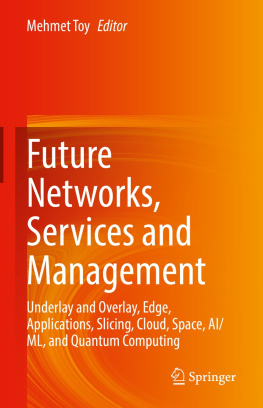
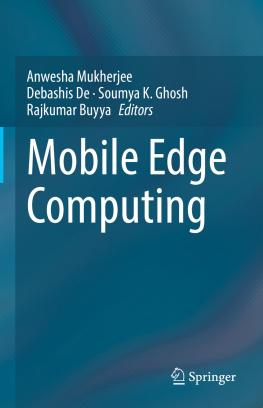
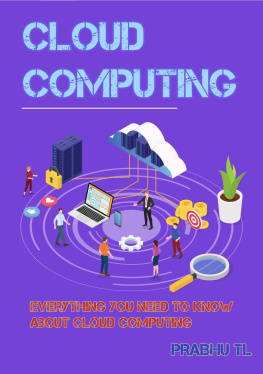

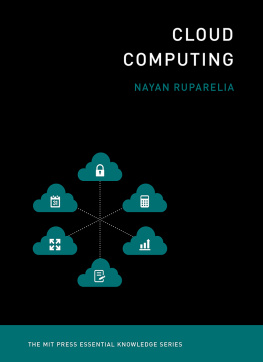
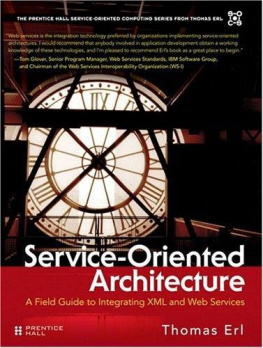
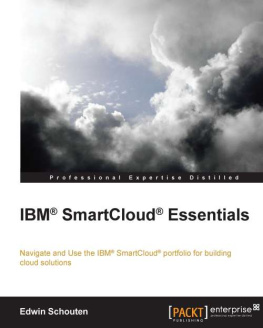
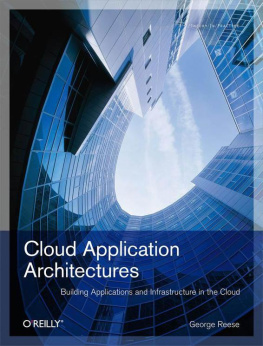
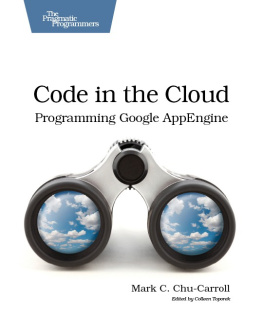
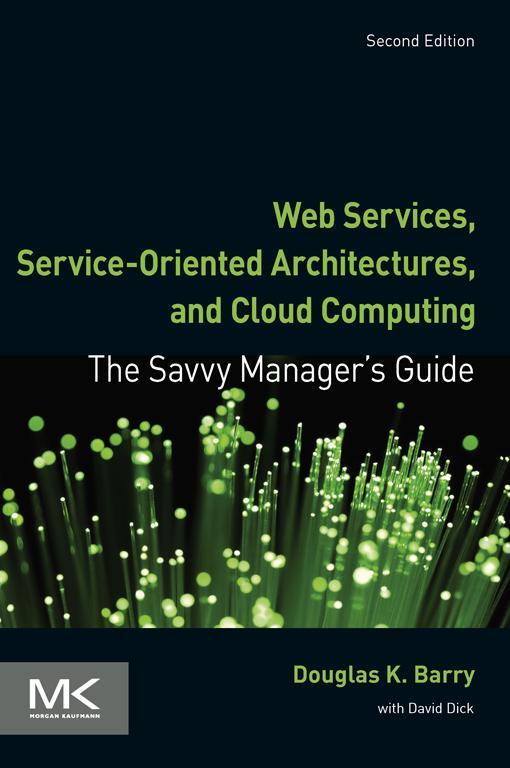


 Expand your information technology options.
Expand your information technology options.